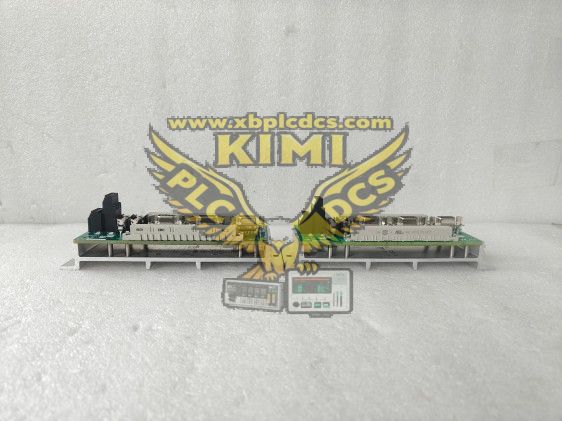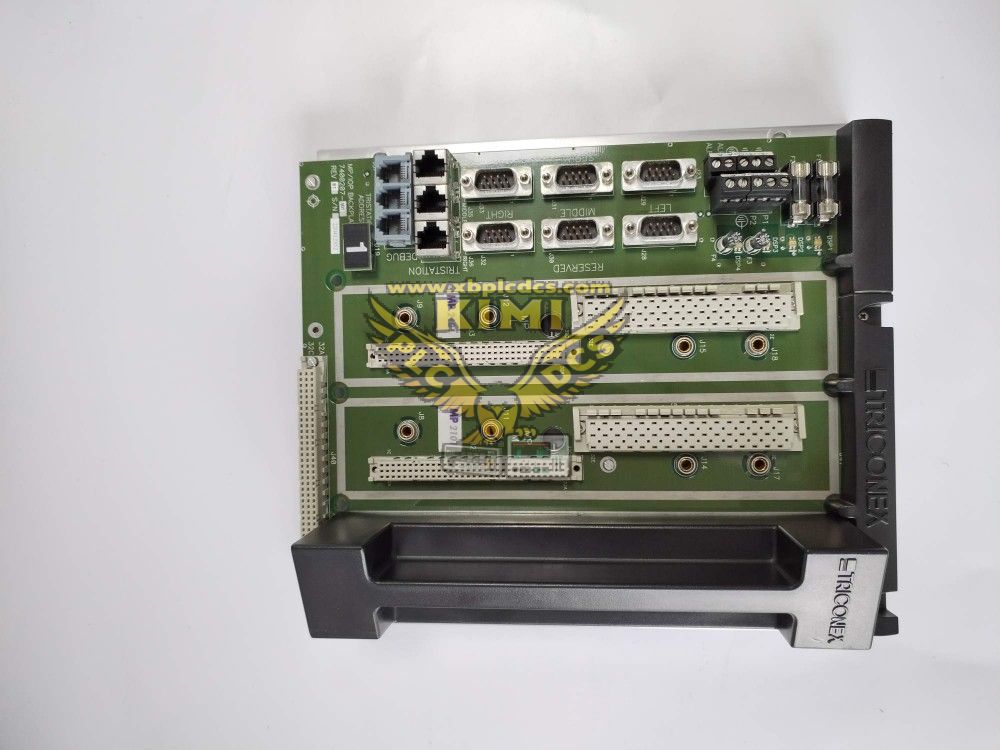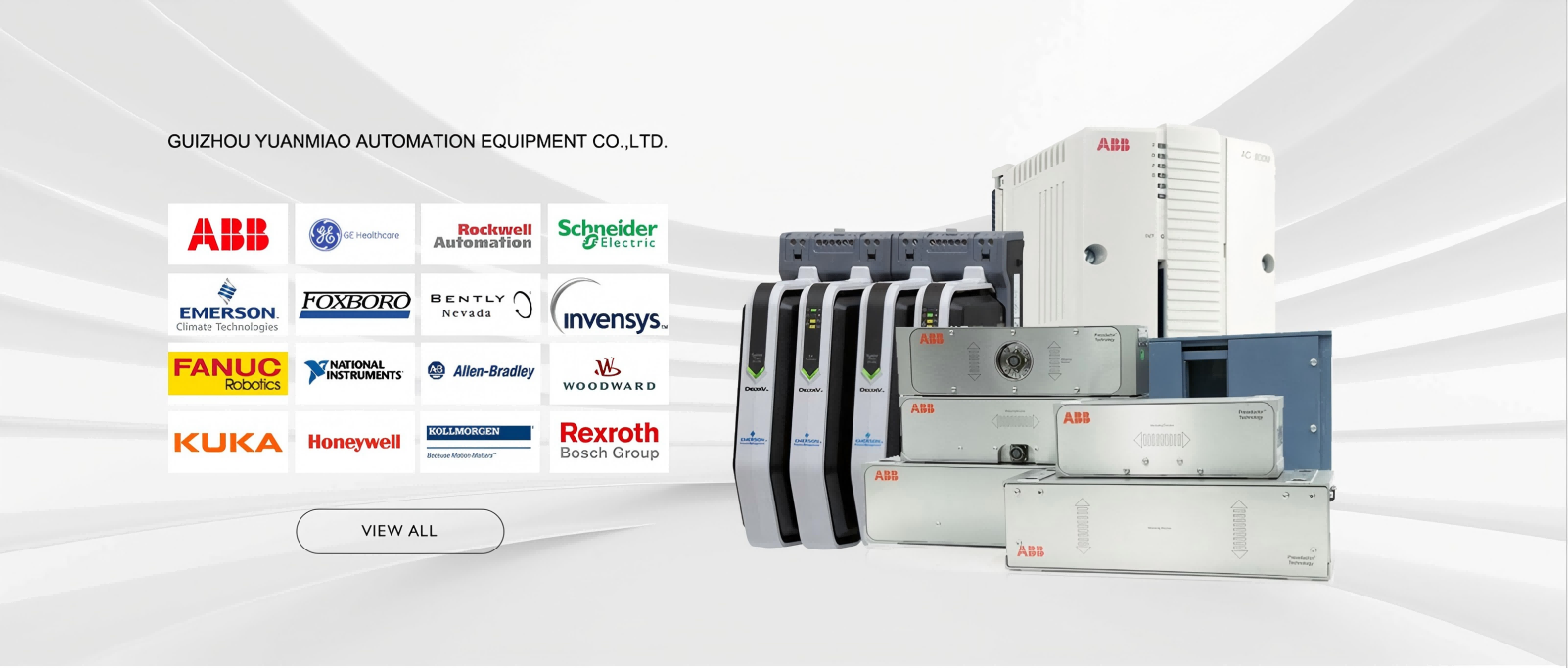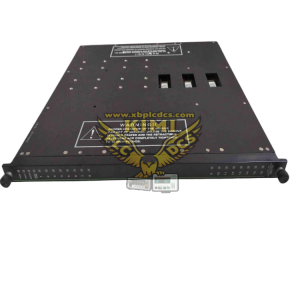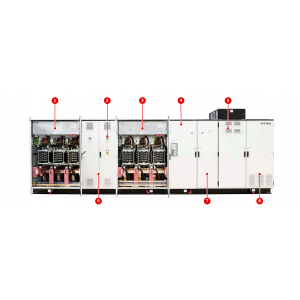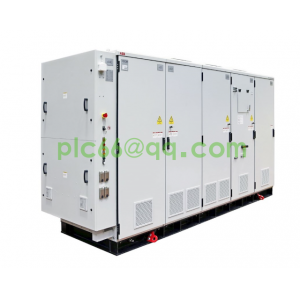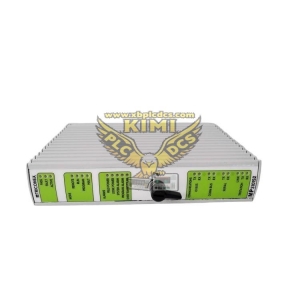PLC/DCS module
Featured
Contact Us
Contact: YMGK Industrial Control
Phone: +86 18059884790
E-mail: plc66@qq.com
Add: fujian xiamen
Triconex: Safety, Critical Control, and Turbo-Machinery Solutions
Brand Overview
Triconex is a brand under Schneider Electric that specializes in providing products, systems, and services for safety, critical control, and turbo-machinery applications. The brand name is also used for its hardware devices, which are paired with the TriStation application software. At the core of Triconex products is the patented Triple Modular Redundancy (TMR) industrial safety-shutdown technology. As of the latest data, Triconex TMR products are deployed globally in over 11,500 installations.
Triconex System: Architecture & Fault Tolerance
The Triconex system is built on patented TMR technology, supporting up to Safety Integrity Level 3 (SIL 3). It is primarily designed as a safety system (rather than a standard control system) and achieves fault tolerance through its TMR architecture. This architecture ensures error-free, uninterrupted control even in the presence of component hard failures or transient faults (from internal or external sources).
Key Architectural Features
- Fully Triplicated Design: Redundancy spans from input modules and Main Processors to output modules. Every I/O module contains circuitry for three independent "legs."
- Data Flow & Synchronization:
- Each leg in input modules reads process data and sends it to its corresponding Main Processor.
- Three Main Processors communicate via a proprietary high-speed bus called the TriBus.
- Once per scan, Main Processors synchronize and exchange data over the TriBus.
- Digital input data is voted on; output data is compared; analog input data copies are shared across all Main Processors.
- Output Voting: Output data is voted on at the output modules (as close to the field as possible) to detect and compensate for errors between Triconex voting and final field-driven outputs.
Related Product Models
Triconex offers a comprehensive range of I/O modules tailored to different signal types and voltage requirements. Below is a categorized list of key models:
Digital Input Modules
- 3501E/T 115Vac/Vdc
- 3502E 48Vac/Vdc
- 3503E 24Vac/Vdc
- 3504E 24/48Vdc
- 3505E 24Vdc
- 3564 24Vdc (simplex)
Pulse Input Modules
- 3511 Pulse Input
- 3515 Pulse Totalizer
Digital Output Modules
- 3601E/T 115Vac
- 3603B/E/T 120Vdc
- 3604E 24Vdc
- 3607E 48Vdc
- 3611E 115Vac
- 3617E 48Vdc (Supervised)
- 3623E/T 120Vdc
- 3624 24Vdc (Supervised)
- 3625 24Vdc
- 3664 24Vdc (Dual)
- 3674 24Vdc (Dual)
- 3636R/T Relay Output
Analog Input Modules
- 3700A 0-5Vdc
- 3701 0-10Vdc
- 3703E 0-5, 0-10Vdc
- 3704E 0-5, 0-10Vdc (high density)
- 3706A Thermocouple
- 3708E Thermocouple
- 3720 0-5Vdc
- 3721 0-5 or –5 to +5Vdc
- 2770H Analog Input Interface Module
Analog Output Modules
- 3805E/H 4-20mA
- 3806E 4-20mA and 20-320mA
- 3807 -60 to +60mA (Bipolar)
- 2870H Analog Output Interface Module
Applications
Operating Principles
- Fault Tolerant: Resists failures via TMR architecture.
- Fail Safe: Two modes of operation:
- De-energise to trip
- Energise to trip
Communications
- Peer to Peer
- OPC DA and A&E (embedded server)
- Modbus TCP/IP Master and Slave
- Modbus Serial Master and Slave
- Triconex System Access Application (TSAA)
- Achilles Level 1 Certified
Certifications
- • IEC 61508
- • DIN V 1925
- • DIN V VDE 0801
- • EN 54
- • NFPA 72
- • DIN V VDE 0116
- • NFPA 8501
- • NFPA 8502
- • EMC Directive 89/336/EEC
- • ATEX 94/9/EC
- • Canadian Standards Association (CSA)
- • Factory Mutual Research (FM)
- • G3 Corrosion level
Operating Conditions
| Parameter | Specification |
|---|---|
| Operating Temperature | 32° to 140°F (0 to 60°C) ambient |
| Storage Temperature | -40° to 167°F (-40°C to 75°C) |
| Relative Humidity | 5% to 95% non-condensing |
Hardware Components
The Triconex system comprises the following core hardware modules and components:
- Main Processor Modules: Triple-redundant units.
- Communication Modules: One or more modules for data exchange.
- Input/Output (I/O) Modules: Analog/digital, operating singularly or in hot-spare (standby) mode.
- Power Supply Modules: Redundant to ensure uninterrupted power.
- Backplanes (Chassis): Holds all modules.
- System Cabinets: Compact one or more chassis per cabinet.
- Marshalling Cabinets: Standardize interface connections between field instruments and system cabinets.
- Human Machine Interface (HMI): For event monitoring.
- Engineering Workstation (EWS): Used for programming, monitoring, troubleshooting, and updates.
Software: TriStation 1131
Triconex Main Processors communicate with the TriStation 1131 application software for program downloading, updating, and monitoring. Programs are written in one of the following languages:
- Function Block Diagram (FBD) – defined in IEC 1131-3
Ladder Diagram (LD) – defined in IEC 1131-3
Triconex Model List - With Pictures
